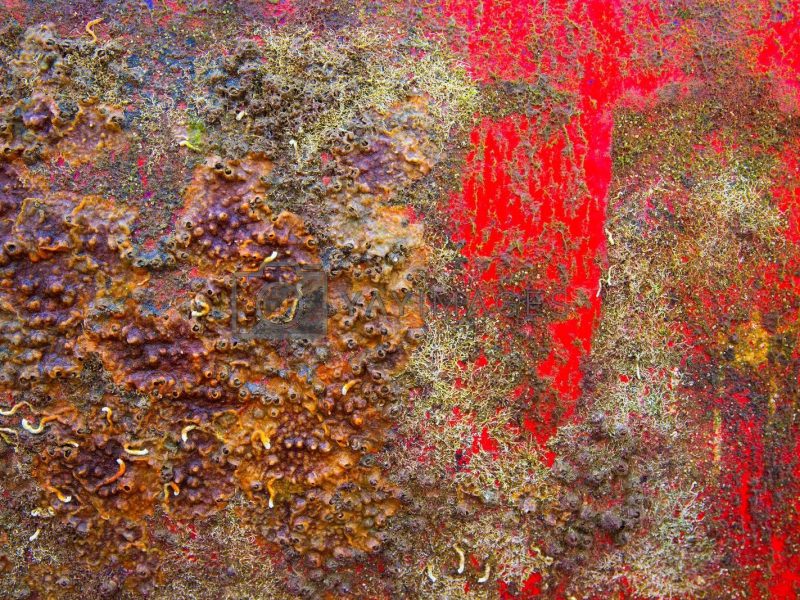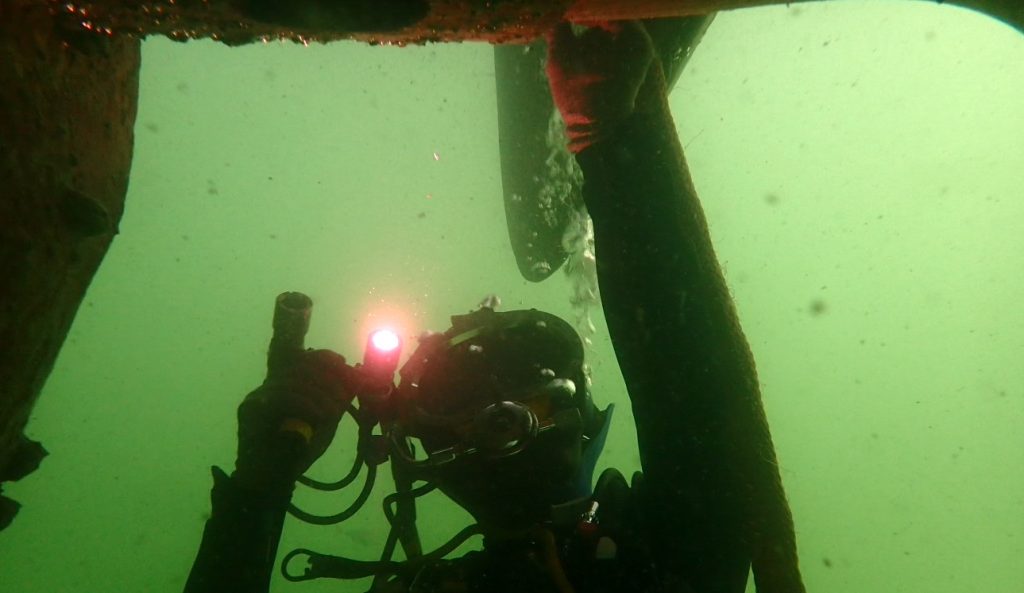All shipowners view their vessels with pride and admiration. There’s just something about how majestic it looks on the open waters. That said, while most boats may look stunning from up top, viewing them from under the waterline is a completely different story.
Before ship owners and charterers can venture out into the open water, they typically have to comply with local and international regulations. This may include running through a checklist of things that need to be taken care of before they can sail, such as checking rigging and loading safety equipment, calculating fuel, and checking the tides. What many boat owners fail to check is their boat’s hull.
So, with that in mind, we’re going to discuss everything you need to know about hull cleaning. Let’s get right into it, shall we?
Why You Need to Clean Your Hull
It’s important to have your boat or ship’s hull cleaned regularly for the following reasons:
- Cleaning the hull reduces fuel consumption, saving you money
- It reduces the level of vibration in the turning gear
- It prevents the engine from overheating (blocked intakes)
- It reduces biofouling and invasive species (an increasing concern in more and more countries)
- It reduces re-antifouling costs
- It helps increase the boat’s/ship’s speed
- It helps you detect any problems early on

Understanding Antifouling
You may have come across the term ‘antifouling’ among boating and commercial shipping circles. Antifouling refers to the act of cleaning and scraping the bottom of a boat. However, it also refers to the type of paint at the bottom of the boat’s hull.
How Hulls are Cleaned
Boat and ship hulls can be cleaned by a variety of different subsea methods. Here’s a breakdown:
- Manually: As the name implies, this type of cleaning involves the direct removal of marine growth by divers. Hand scrapers, chippers, and nylon-bristled brushes are the main tools for this type of work. While definitely time-consuming and exhausting, this method is tried, tested, and true.
- High-pressure water:This involves using a high-pressure water jet to clean the algae and hard growth off the bottom of a ship. It’s important to be careful using this method because if done incorrectly, the high-pressure water will strip off the antifouling paint down to the bare metal, making it more and more vulnerable.
- Underwater Brush Kart: This involves using a specialized machine that is driven like an underwater Go-Kart. Its rotating brushes are creating suction and keep the machine adhered to the vessel’s hull. It quickly and efficiently removes large swathes of marine growth from the ship’s hull as it moves up and down the length of the vessel. The brushes are removable and can be swapped out with softer or more aggressive varieties to suit all fouling types.
We are a leading underwater hull cleaning and biofouling removal services provider in Thailand. We also offer ship maintenance services, such as ship and boat hull cleanings, subsea welding, and propeller polishing.
Get in touch with our team for more information.


 Complete Overview of Biofouling Management
Complete Overview of Biofouling Management




